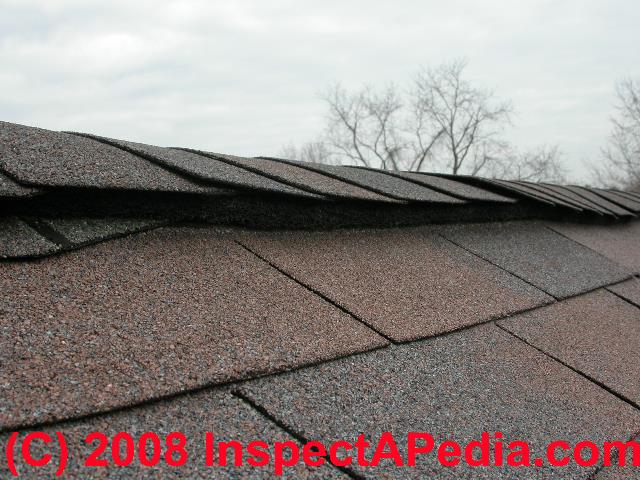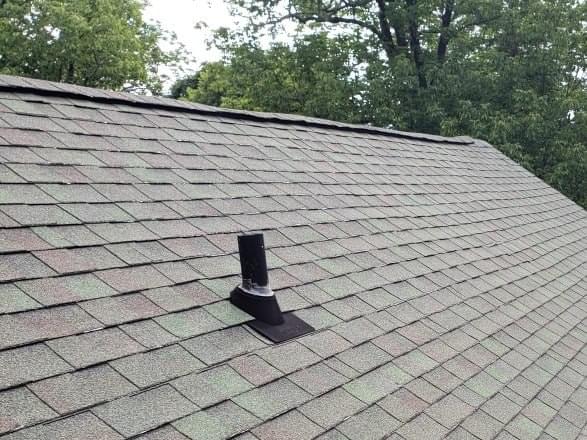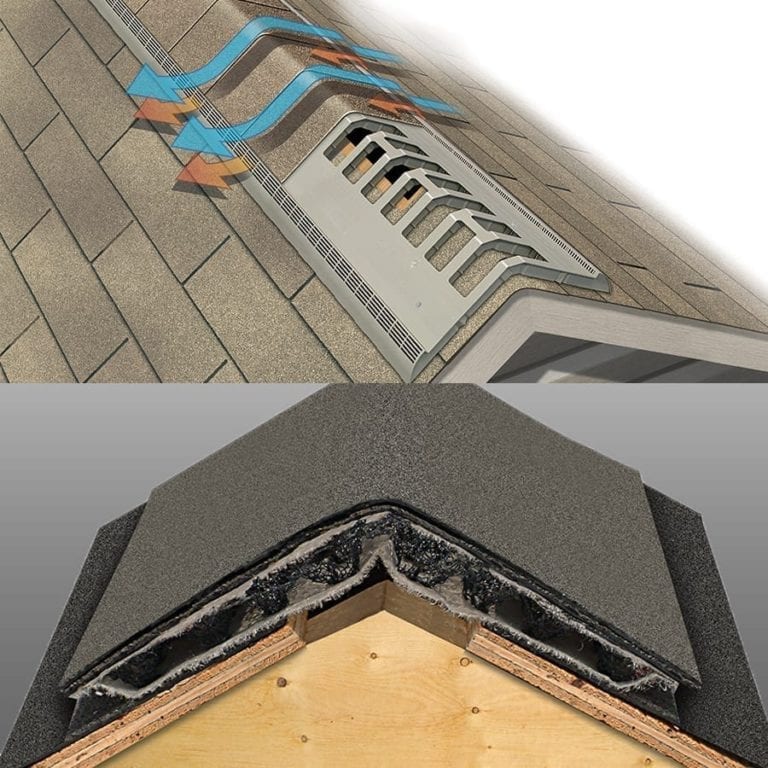If you were to install about 40 feet of roof ridge vent the area would span up to 10 turbines in this case 10 turbines would cost you substantially more to purchase and install.
Is a roof ridge vent necessary.
However if you were only going to install 3 or 4 the turbines would be more affordable to you.
While continuous ridge venting can be a major advantage for certain types of roof systems they are not necessary for the majority of attics in our area.
The problem with gables is they short circuit the air flow paulcp writes.
If these are absent the ridge vent cannot function.
This product works best on homes with a slanted pitch to the roof but not too steep of course.
It also works better because it creates a vacuum.
I m a real estate broker so i ve heard different views from home inspectors.
Take for example ridge vents.
My office has a hip roof with ridge vents in my opinion there is far too little ridge for proper ventilation.
The majority of roofing experts agree that ridge vents are the most effective and cost effective roof vents available.
Vents that run along the roof ridge are an alternative to those that exit through the roof decking or gables and if the ridge is long enough they may be the only roof vents.
What are the cons.
I have roof vents so i have roof ventilation.
But the ridge vent maintenance and running cost is a lot less than for turbines when.
If your home has a flat roof then you will not benefit from the use of a roof ridge vent.
I would recommend that you talk to a roofing pro in your area that can come onto the site and advise further and what vent would work best for you.
Continuous ridge vents are more effective because they are installed at the peak of a roof s ridge allowing for warm air to escape from the attic.
Even without soffit vents a ridge vent is much more effective than gable vents paulcp thinks hammer is right.
I want the builder to add a 4 6 off ridge passive vent to improve the hot air release.
It has the ability to work with vaulted ceilings and you only need one of them to get the job done for ventilation as compared.
As the air leaves it creates negative pressure behind it sucking in cool air from below into the soffits and creating a self repeating ventilation process.
Once inside the air heats up and rises higher ultimately exiting through venting at the roof s gables through ridge vents cut into the roof s apex or other vent holes in the roof.
The shape of the roof impacts how much air comes through the system which means this vent must always be placed at the peak of the roof along your ridges.
The whole point to a ridge vent is that it takes air from all along the bottom of the roof line and exits it out the top kind of like a toilet.
While hardly anybody agrees on the best roof ventilation system everybody agrees some roof vents do hardly any good at all.










